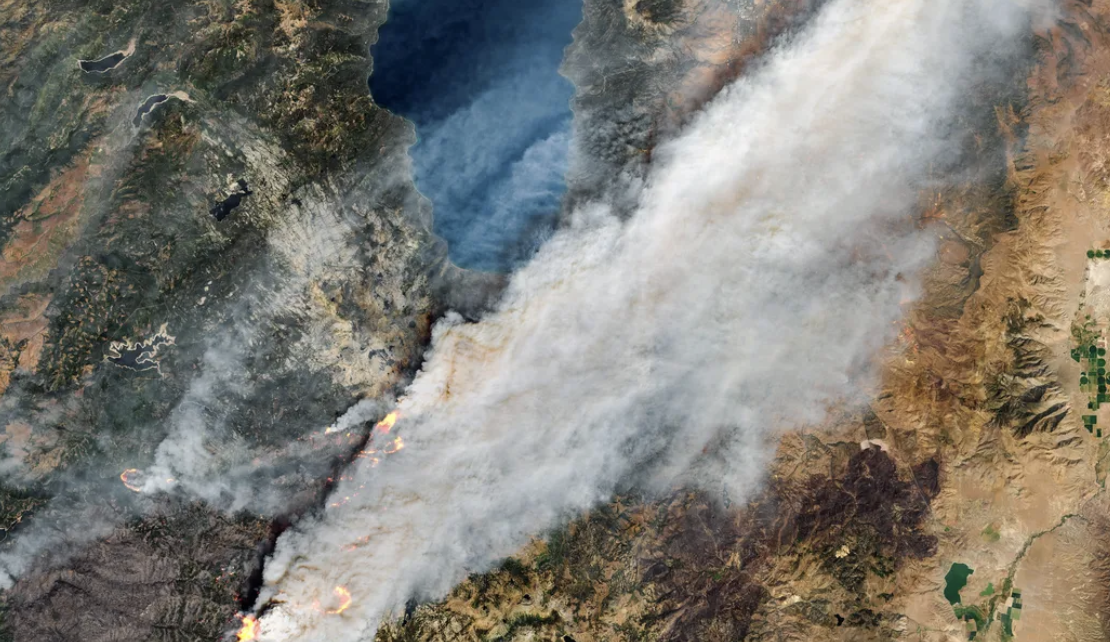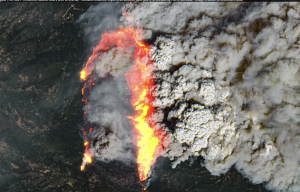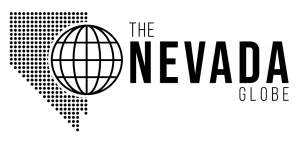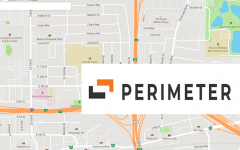
Caldor Fire from space (Photo: space.com)
License To Burn: Wildfire As the Ultimate Private-Public Partnership
The federal government owns over 86 percent of land in the Silver State and the consequences of these alliances can be seen in the Tahoe basin
By Dana Tibbitts, April 22, 2024 11:42 am
This is Part One of a three-part series.
With increasingly intense wildfires over recent years, we in the West are expected to embrace the new wildfire normal, as if it’s normal to have multiple catastrophic fires in any given fire season. Running for your life from burning houses because of a downed power line is the new normal? The destruction of 222,000 acres of magnificent forest and old-growth trees is to be not only expected, but blamed on the irrefutable and “settled” consequence of climate change.
Former Democratic Governor Steve Sisolak told MSNBC, prior to completion of a Caldor fire investigation, that the devastating and deadly fire was due to climate change.
As the infernos rage and havoc ensues, a sacred alliance is forming in Sacramento to fight fire with even more fire—this fueled by a plethora of shared and shadowy public and private “partnership” memorandums of understanding (MOUs). The alliances extend into Nevada as the federal government owns over 86 percent of land in the Silver State, and the consequences of these alliances can be seen in the Tahoe basin.
This is a story of how public private partnerships, like those that proliferate around Lake Tahoe, are setting the world on fire. Literally.

On August 13, 2020, while the world was in lockdown, Governor Gavin Newsom and then USFS Chief Vicki Christiansen announced an historic Agreement for Shared Stewardship of California’s Forests and Rangelands. This brave new world of Shared Stewardship MOUs targets 1 million acres of California’s forests and rangelands for annual “treatment” by 2025, including vastly expanded use of “prescribed” or “managed” fire. “Coordinated stewardship is critical to success.”
This broad agreement aims to empower partnerships across jurisdictional boundaries and to generate jobs and economic opportunities for “investors” in wood products and forest byproducts. ‘Parties’ to this agreement include the California Natural Resources Agency (CNRA) and the Department of Forestry and Fire Protection (CAL FIRE). But that’s just the tip of the iceberg. The partnerships among consultants, ideologically-aligned nonprofits and “preservation” groups, politicians, and the Tahoe Regional Planning Agency (TRPA), are endless. These vast and shadowy alliances are the “signatories” that drive the decisions and influence the decisions for the ultimate development, safety and environmental health of the basin.
On May 19, 2021, in a sweeping move to rally the troops, Regional Forester Randy Moore—now Chief of USFS—along with a powerful cabal of 36 signatories to the agreement, seek to enlist “as many partners as possible who are interested in increasing the ‘use of wildland fire’ to meet ecological objectives, public health, or community safety objectives.” The Fire Partnership MOU states, “Signatories can be government and non-government organizations or individuals, generally the designated leader of each organization.”
Parties to the agreement include, but are not limited to, The Nature Conservancy, Pacific Fire Trust, California Department of Parks & Recreation, California Forestry Association, Southern California Edison, Bureau of Land Management and the Sierra Club. For the full list see here.
What could go wrong?
Under a related and longstanding MOU between USFS and the bi-state planning agency TRPA, the USFS is exempted from TRPA review and given broad authority to operate on forest service land in the Tahoe Basin as it sees fit. In this scenario, USFS reviews their own projects for conformity with TRPA plans and standards without impediment or intervention from the agency. This arrangement gives USFS carte blanche and TRPA legal cover to not be held responsible for any USFS activity across 80% of the Tahoe Basin.
This network of coordinated stewardship invokes two central policies.
First, “Treat One Million acres of forest service land per year.” That sounds fairly benign until you realize the term “treat” refers to the suppression of wildfire by the “proactive” burning of designated high-risk forest zones through managed burns. In other words, the best way to protect overgrown forests from catastrophic wildfire is to burn it down. Think ‘planned ignition.’ Treatment, of course, is “key to effective stewardship.”
Another core action item specified by the MOU is to “develop innovative markets and investment opportunities for Wood Products and Recycled Forest Byproducts” to be generated by these novel forest management practices. The MOU calls for this plan to be made public so that prospective “investors will know when and where new wood supply will be available,” but also commits to providing investors with “uninterrupted raw material supply” as well as “additional signal tools to guarantee multi-year contracts and incentivize new investments in wood processing facilities.”
After all, sawmills are costly to build and complex to operate.
“There’s a mutually beneficial relationship here,” said USFS Forester Annabelle Monti. “Land management agencies need to treat landscapes and the timber industry needs timber.

However, this matrix of fire policy, plans, and partnerships did not shield Grizzly Flats from the inferno that was about to take them by storm.
On the night of August 14, 2021—exactly 365 days after the announced MOU—a small fire flares up a few miles from Grizzly Flats—a simple brushfire. Residents have no reason to believe the USFS will not easily put it out. But USFS is unresponsive, inexplicably pulling a half dozen Cal Fire engines and crews off the fire in the early hours, ostensibly for fire fighter protection. But two days later, the fire explodes into the mountain town, a monstrous inferno.
Grizzly Flats is leveled in less than 15 minutes.
A 60 Minutes’ investigation cites evidence of mismanagement, outdated tactics, and overgrown forest service land.
Curiously, in a USFS agreement 10 years earlier, the forest service had promised to provide the critical clearance and mitigation measures needed to protect the town from wildfire in a high-risk fire zone. But, they failed to deliver.
After Grizzly Flats, the Caldor fire begins its long trek to Lake Tahoe.
The long trek to Tahoe will be covered in Part Two of this three-part series.





More conspiracy nonsense from the right wing, written in lurid prose.
Great article! Making the connections of the corrupt alliances is a must, so thank you for that. I recommend you interview Peggy Hall and Reinette Senum about the causes of these fires, both the increased occurrences as well as the higher intensity. The mechanisms being introduced that cause the effect must also be exposed; the spraying of the skies with aluminum, barium, strontium, graphene, etc are killing the trees in these areas (and being blamed on the bark beetle), while also making the forest a much more highly flammable area. Not to mention the reality of directed energy weapons being used I.e. trees burning from the inside out, and metals in structures turning into white powder. Explore deeper the mechanisms they are using to propel their Hegelian dialectic corrupt trickery. And protect yourself once you go down this road. The revealing of these things becomes costly on a personal safety level.
I think I recall a “controlled burn” in los alamos New Mexico resulted in a Forrest fire that burned peoples homes down